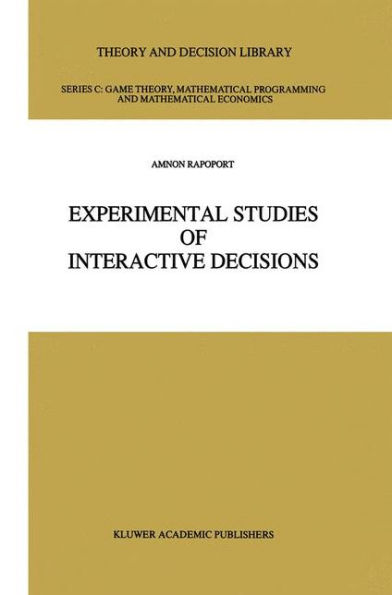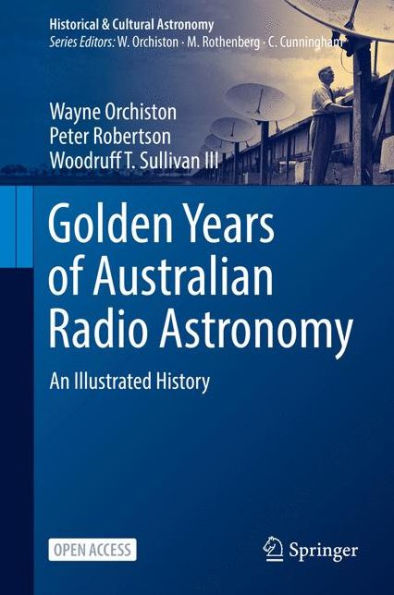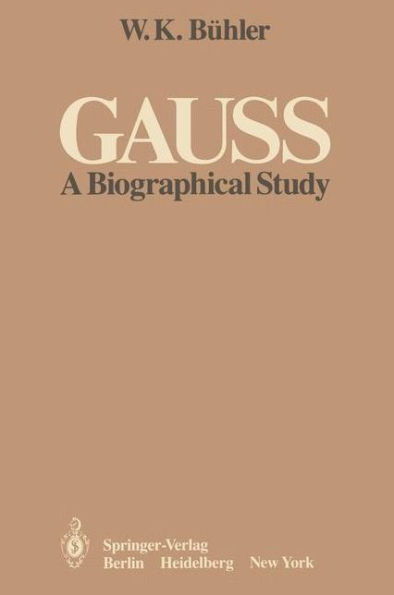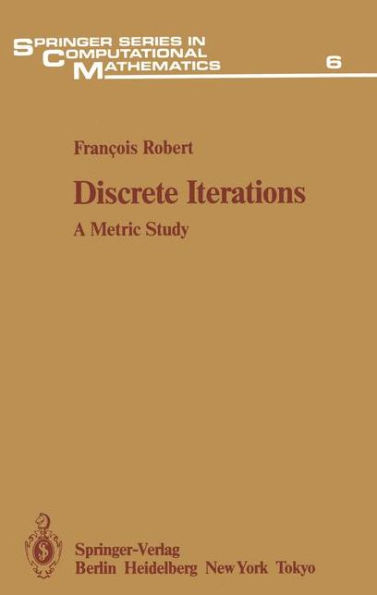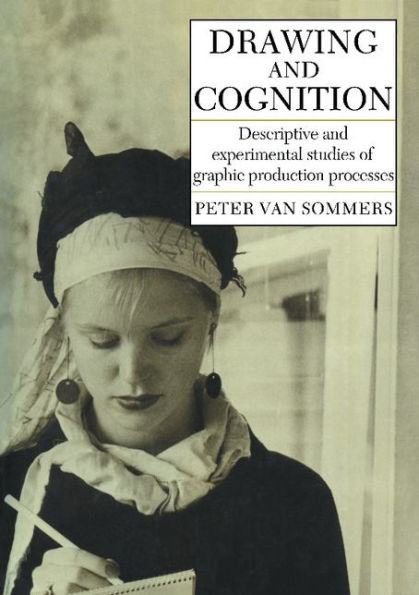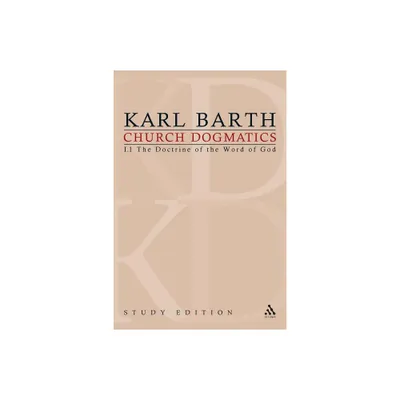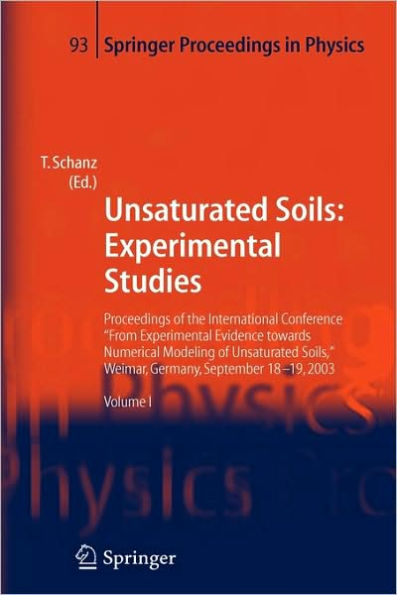Home
Litigation and Settlement in a Game with Incomplete Information: An Experimental Study / Edition 1
Loading Inventory...
Barnes and Noble
Litigation and Settlement in a Game with Incomplete Information: An Experimental Study / Edition 1
Current price: $54.99


Barnes and Noble
Litigation and Settlement in a Game with Incomplete Information: An Experimental Study / Edition 1
Current price: $54.99
Loading Inventory...
Size: OS
*Product Information may vary - to confirm product availability, pricing, and additional information please contact Barnes and Noble
We investigate a two-person game of litigation and settlement with incomplete information on one side. So far, various theoretical attempts have been made to answer the question of why some people choose not to resolve their disputes and instead go to court and incur litigation costs, even if bargaining leaves room for both parties to fare better when avoiding the conflict. We can distinguish between games which focus on strategic elements like games with incomplete information (see, for example, P'ng (1983), Samuelson (1982) and Schweizer (1989» and decision-theoretic models neglecting strategic elements (see, for example, Landes (1971) and Gould (1973». The single-person decision theory approach to litigation assumes litigants to have a subjective estimate of the likelihood that the plaintiff will win the action. Differing views on the probability of winning the court case help to explain the fraction of cases that actually go to trial. Among others, P'ng (1983) points out the shortcomings of the single-person decision theory approach which does not take into account, for example, the different fee systems in England and the U.S. and the differences in information conflicting parties may have. P'ng constructs a model of one-sided incomplete information where the settlement terms are given exogenously. Schweizer (1989), on the other hand, extends P'ng's model and allows for two-sided asymmetric information where the settlement terms are determined endogenously.
